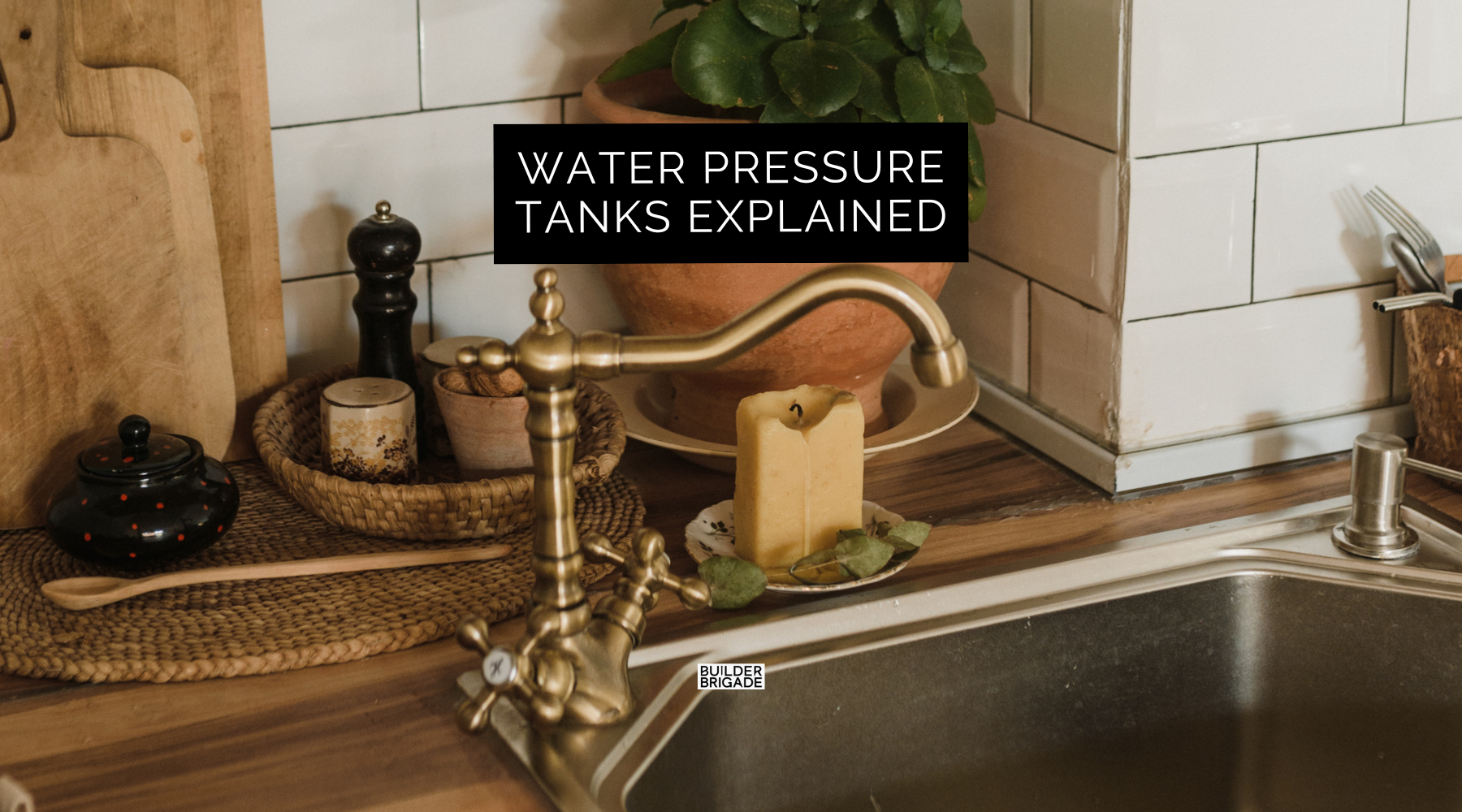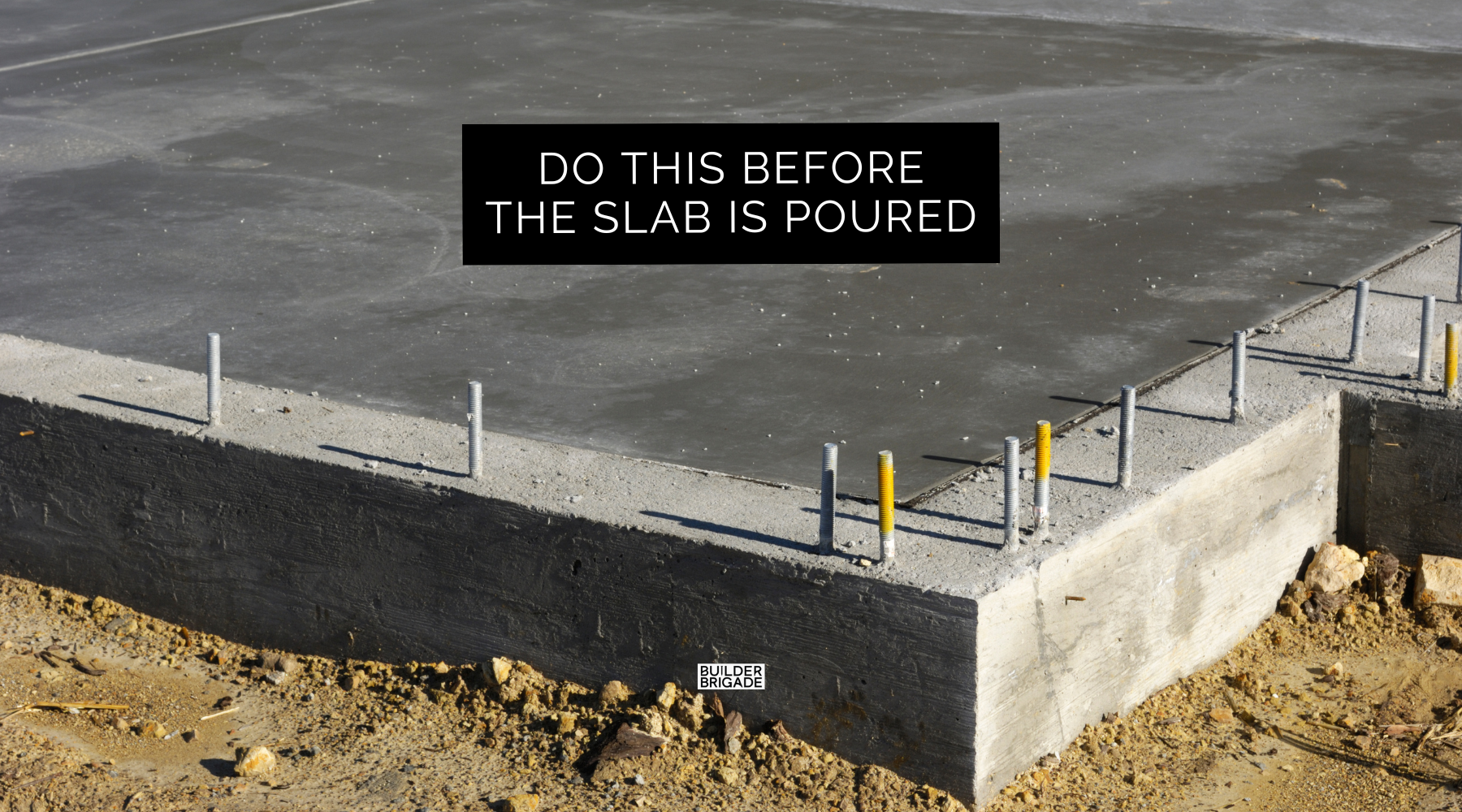A water pressure tank is a key component of a home water system, especially for homes using a well or a booster pump. It helps regulate water pressure, prevent frequent pump cycling, and ensure a consistent water supply. Here’s what you need to know if you have one:
How a Water Pressure Tank Works
A water pressure tank stores water and maintains pressure using an air bladder or diaphragm. When you turn on a faucet, the pressurized water is pushed out first before the pump kicks in. Once the pressure drops to a certain level, the pump turns on to refill the tank.
Benefits of a Water Pressure Tank
A water pressure tank reduces pump wear and tear by preventing the pump from constantly turning on and off every time water is used inside the house, which extends its lifespan. It helps maintain steady water pressure instead of experiencing fluctuating levels.
By minimizing frequent pump operation, it also improves energy efficiency. You would have a massive electric bill if this pressure tank failed, the pump would continuously run with each use of a faucet.
Common Water Pressure Tank Issues & Fixes
Low Water Pressure
If you are experiencing low water pressure, it could be due to a low air charge, a waterlogged tank, or a failing pressure switch. To fix this issue, check the air charge with a pressure gauge and adjust it if necessary. It’s similar to checking the pressure in your car tires.
Pump Stays On Constantly
If your pump runs non-stop when using water, the pressure tank might not be functioning properly. A quick way to check is by pressing the small valve on top of the pressure tank. It looks like the valve used to pump up a bike tire. If water comes out, the bladder is damaged, and the pressure tank will need to be replaced.
Short Cycling (Pump Turns On & Off Too Often)
If the pump is turning on and off too often, the issue is often caused by a waterlogged tank or a faulty bladder. Checking the tank’s air pressure and possibly replacing the tank might be required.
Tank Leaks
If the tank is leaking, it is likely due to corrosion or internal failure. Unfortunately, leaks usually mean the tank needs to be replaced.
Avoid This Altogether!
Hopefully, you never run into these issues, but if you do, now you know what to look for. If you notice problems, a quick check of the tank might save you from bigger repairs down the road.
Make sure you don’t miss these issues and more during a home inspection. The Ultimate Home Building Checklist includes a Final Walkthrough Checklist. Not to mention a massive list of all the selections you could possibly want and mistakes to avoid as a homeowner 😅








